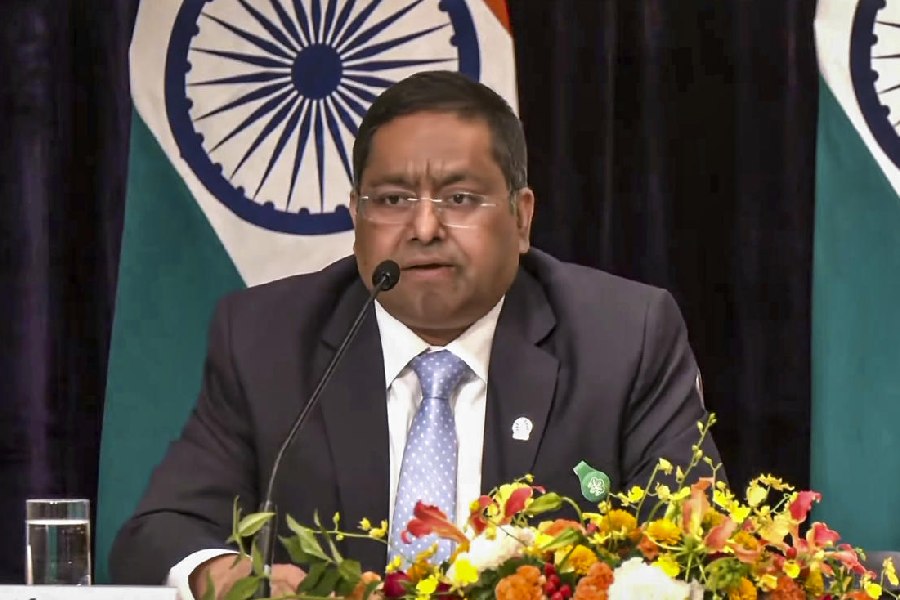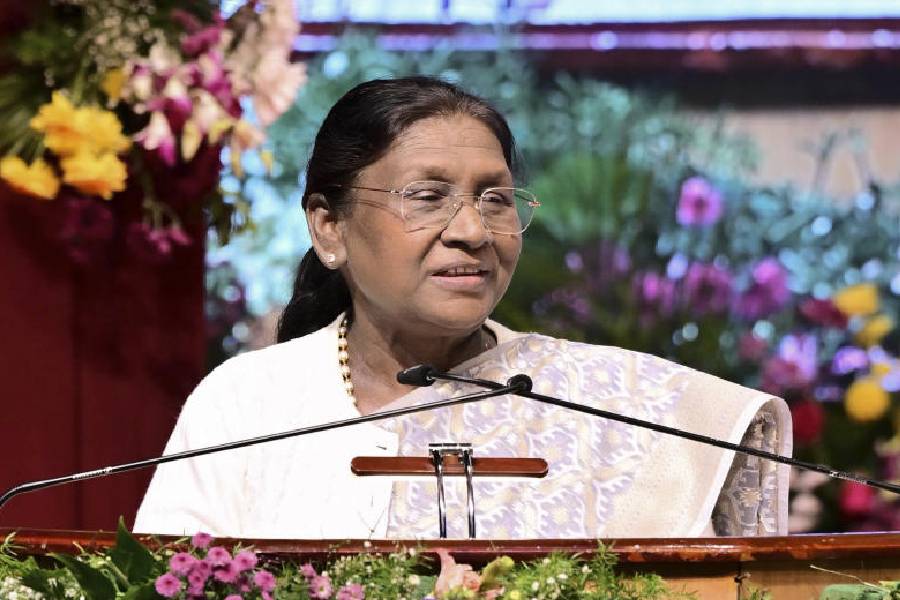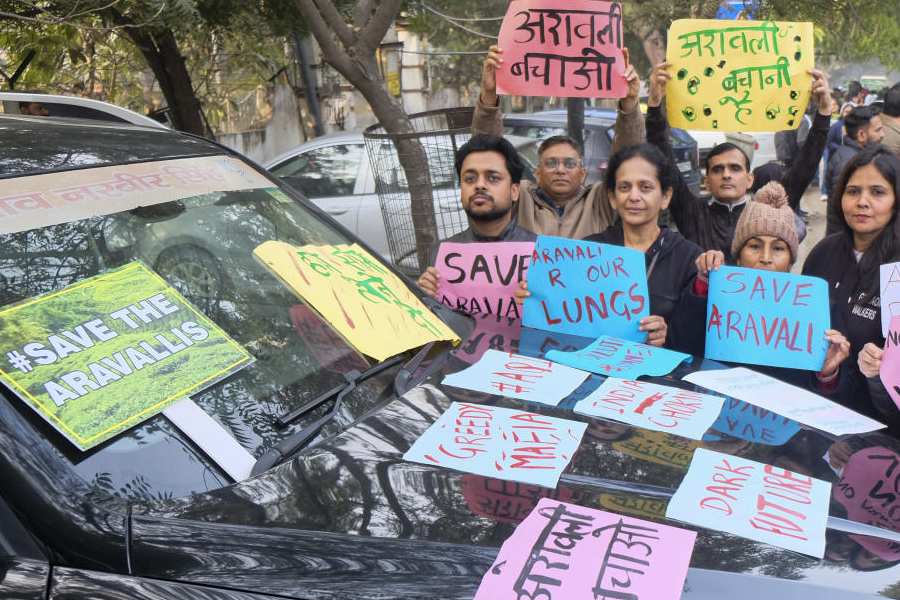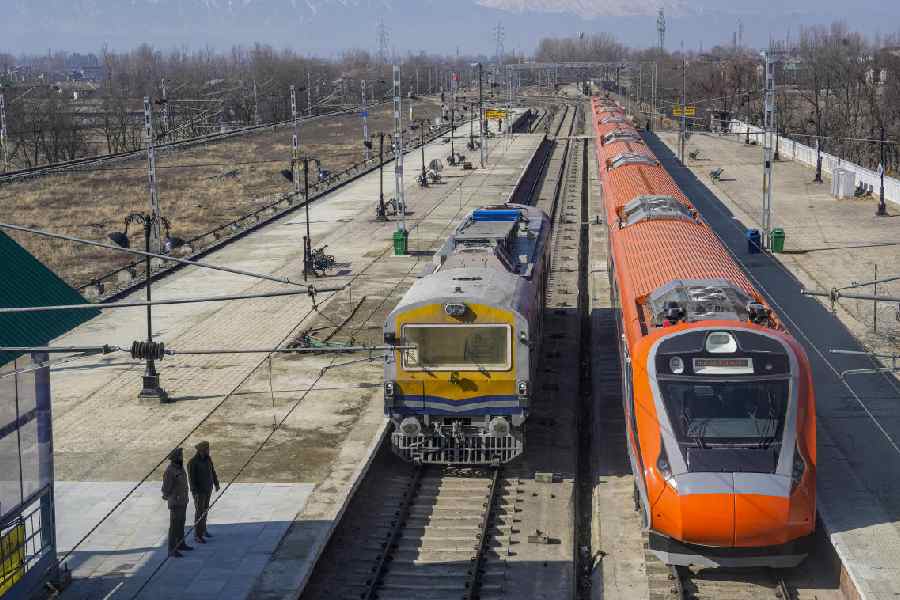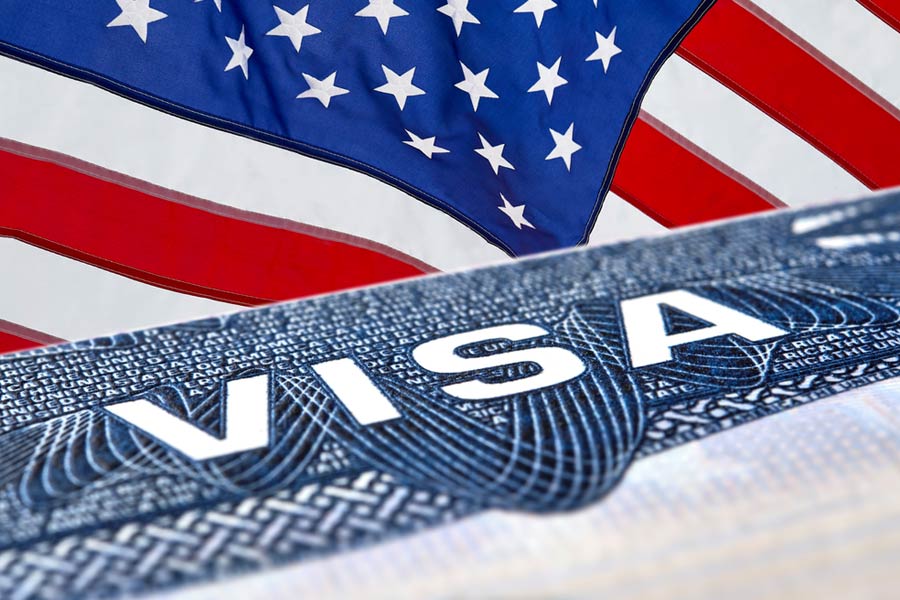
At Wright State University in Ohio, the French horn and tuba professors are out. So is the accomplished swimming team. At Kansas State, Italian classes are going the way of the Roman Empire. And at the University of Central Missouri, The Muleskinner, the biweekly campus newspaper, is publishing online-only, saving $35,000 in printing costs.
Just as many US universities believed that the financial wreckage left by the 2008 recession was behind them, campuses across the country have been forced to make new rounds of cuts, this time brought on by a loss of international students.
Schools in the Midwest have been particularly hard hit - many of them non-flagship public universities that had come to rely heavily on tuition from foreign students, who generally pay more than in-state students.
The downturn follows a decade of explosive growth in foreign student enrolment, which now tops 1 million at US colleges and educational training programmes, and supplies $39 billion in revenue. International enrolment began to flatten in 2016, partly because of changing conditions abroad and the increasing lure of schools in Canada, Australia and other English-speaking countries.
And since President Donald Trump was elected, college administrators say, his rhetoric and more restrictive views on immigration have made the US even less attractive to international students. The Trump administration is more closely scrutinising visa applications, indefinitely banning travel from some countries and making it harder for foreign students to remain in the US after graduation. While government officials describe these as necessary national security measures, a number of US colleges have been casualties of the policies.
"As you lose those students, the tuition revenue is negatively impacted as well," said Michael Godard, the interim provost at the University of Central Missouri, where 944 international students were enrolled in the fall, a decline of more than 1,500 from the previous year. "We've had to make some budgetary decisions to adjust."
International students pay double the $6,445 tuition of Missouri residents, and the lost revenue amounts to $14 million, according to Roger Best, chief operating officer for the school, in Waynesboro, Missouri. Best said that the university has been forced to cut instructors in computer programmes, where many of the foreign students were enrolled, as well as defer maintenance and shave money from other departments, such as the campus newspaper.
Nationwide, the number of new foreign students declined 7 per cent this fall, according to preliminary figures from an Institute of International Education survey. Nearly half the campuses surveyed reported declines.While some flagship public and elite private colleges have been affected, the Institute of International Education said, the biggest impact will be felt by second-tier institutions.
Officials at Kansas State University in Manhattan, Kansas, reported an overall enrolment decline of more than 900 students, including 159 fewer international students. One official cited a "perfect demographic storm." Budget cuts are underway.
"This definitely undermines that idea of diversity many US universities proclaim to promote across the country," said Alessia Salamina, the Italian professor whose job is in jeopardy.
According to the institute's survey, enrolment is falling from a broad range of countries, including China and India, the two biggest sources of students. Among countries covered by Trump's travel ban, Iran is the largest, though it can still send students.
But many administrators believe the President's views on immigration have made applying to US colleges more of a gamble today. Officials said that other reasons for the decline in enrolment include increased competition from schools in other countries, cuts in scholarship programmes in Saudi Arabia and Brazil, and a currency crisis in India caused when the government decided to swap widely used notes for new bills.
For years, US colleges had been staking their futures on continued growth in foreign students, and after the recession a decade ago, those students were a lifeline for colleges that had poured money into new buildings and amenities. In just the past six months, the University of Akron opened an international centre in an existing building and hired 10 employees to work in international programming. The president, Matthew Wilson, said that students from India were reporting increased scrutiny of their visa applications, one of the reasons for a drop of about 200 international students.
NYTNS


